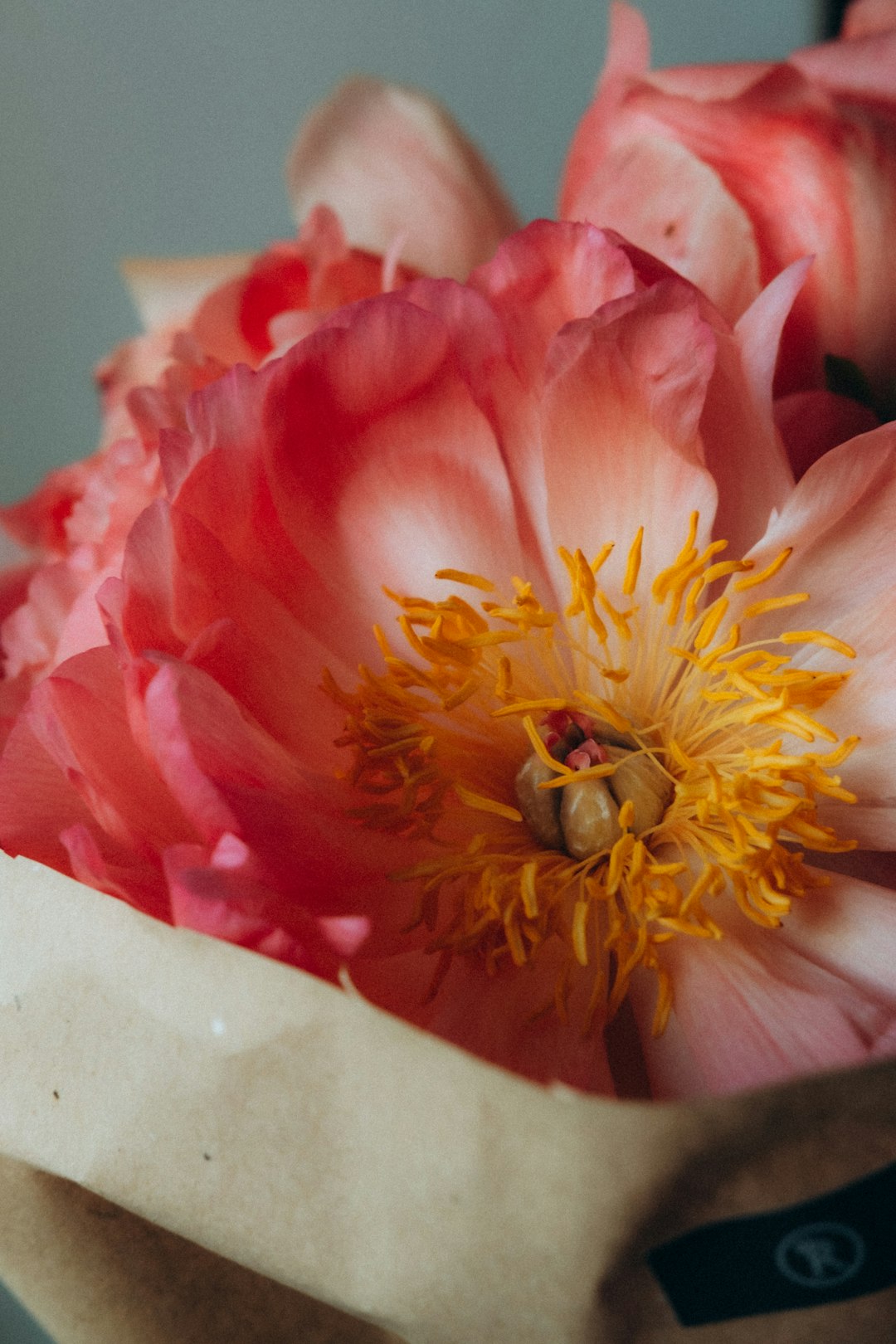The Secret to Thriving African Violets: Proper Repotting

Houseplants have long been cherished for their ability to bring life and beauty into our homes. Among the many popular houseplants, African violets stand out with their delicate, colorful blooms and fuzzy leaves. However, to keep these charming plants in top - notch condition, regular repotting is essential. Repotting African violets not only helps them grow but also encourages better blooming. Here are some must - know tips to ensure you repot your African violets properly.
First and foremost, understanding when to repot is crucial. African violets generally need to be repotted every 6 to 12 months. Signs that your African violet is due for a new pot include roots growing out of the drainage holes, the plant becoming top - heavy and tipping over easily, or the soil drying out very quickly after watering. These are clear indicators that the current pot has become too small for the plant's root system.
Selecting the right pot is the next important step. African violets prefer shallow pots because their root systems are relatively shallow. A pot that is about one - third the diameter of the plant's leaf span is usually a good fit. For example, if your African violet has a leaf span of 9 inches, a 3 - inch pot would be appropriate. Additionally, make sure the pot has drainage holes. Good drainage is vital for African violets as they are prone to root rot if their roots sit in water for too long.
When it comes to the potting mix, African violets have specific requirements. They thrive in a well - draining, lightweight mix. You can purchase a pre - made African violet potting mix from a garden center, or you can make your own. A homemade mix can consist of equal parts peat moss, perlite, and vermiculite. Peat moss helps retain moisture, perlite improves drainage, and vermiculite adds aeration to the soil.
Before repotting, water your African violet a day or two in advance. This will make it easier to remove the plant from its current pot without damaging the roots. Gently turn the pot upside down and tap the bottom to loosen the plant. If the plant is stubborn, you can use a butter knife to carefully separate the root ball from the pot's sides.
Once the plant is out of the pot, examine the roots. Trim any dead or damaged roots with a clean, sharp pair of scissors. This will encourage new root growth. Place a small amount of the potting mix at the bottom of the new pot. Then, position the African violet in the center of the pot and add more potting mix around the sides. Make sure the plant is at the same depth as it was in the previous pot. Avoid burying the crown of the plant (the area where the leaves meet the roots) as this can lead to rot.
After repotting, water the plant thoroughly. Use room - temperature water to avoid shocking the plant. Let the excess water drain out of the pot completely. Place the newly repotted African violet in a location with bright, indirect light. African violets do not like direct sunlight, as it can scorch their leaves. A north - facing window or a spot a few feet away from an east - or west - facing window is ideal.
Maintaining the right humidity levels is also important for African violets. These plants prefer a humidity level of around 50%. You can increase humidity by placing a tray filled with water and pebbles near the plant. As the water evaporates, it will create a more humid environment around the plant. Another option is to use a humidifier in the room where the African violet is located.
Fertilizing is an essential part of caring for African violets after repotting. Use a balanced, water - soluble fertilizer formulated specifically for African violets. Follow the instructions on the fertilizer package for the correct dosage and frequency. Over - fertilizing can damage the plant, so it's important to be careful.
In conclusion, repotting African violets is a relatively simple process that can have a significant impact on the health and beauty of these lovely houseplants. By following these must - know tips, you can ensure that your African violets continue to grow and bloom beautifully for years to come. Whether you're a seasoned plant enthusiast or a beginner, taking the time to properly repot your African violets will be well worth the effort.